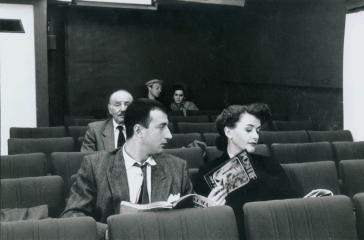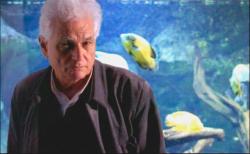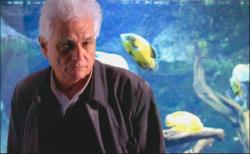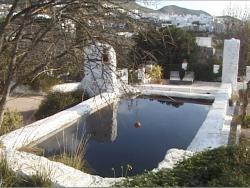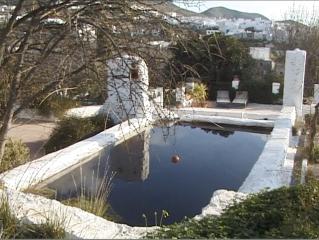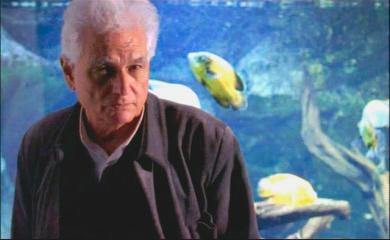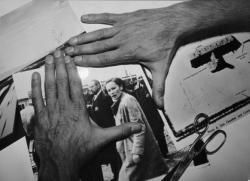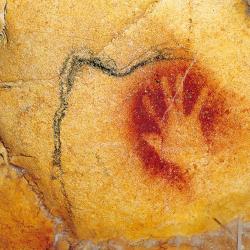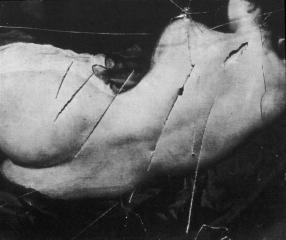reading images: Laughter and Introspection. Two Sites of the Image
Alberto Santamaría
27.10.2016
Thursday 27 October, at 7 pm
Virreina LAB
Free entry. Limited places
To see how images of the past act in the present, we have to become readers able to weigh in on questions like how these images might continue to dialogue with us. Following on this premise, we begin the course Reading Images with a session with Alberto Santamaría, who proposes approaching the question of reading on the basis of two affective forms that typify certain works of art from the seventeenth and eighteenth centuries: laughter and self-absorption. They provide us with two different views on the subject, one aware of festive corporality, the second understanding the experience of forgetting oneself as a necessity.
Laughter and Introspection. Two Sites of the Image
Images seem to have a life of their own, able to drift through time, hiding behind their apparent superficiality while urging us to break through with the hefty present that we unfailingly bring with us. This has been one of the recurring themes in a number of debates and lectures on the image that have attempted to tell this story in a different way, by unfolding the many layers of what has come to be called “art history”. In other words, by trying to visualise how the images of the past act in the present. But how exactly might this happen? The secret may lie in the way we look at images and how we read them. Images demand our attention as inexhaustible objects that call out insistently to be read. Images from the past might demand our attention, but at the same time we always demand something from them. Working from these premises, our aim here is to read two gestures, two forms of expression found in several artworks from the 17th and 18th centuries: laughter and introspection. On the one hand, laughter, revelry, the adoption of a new subject aware of festive corporality; on the other, the introspective subject exercising its right to turn away from the world and expressing its need to live in its own self-forgetting. Based on the work of José Emilio Burucúa, Svetlana Alpers and Michael Fried, among others, we shall exercise our right to become readers of image-readers and we shall study how modern spectators are trained through these two forms of expression: laughter and introspection. From there we shall explore what has been called the power of images. What do they ask of us? What meaning do they have? In what way do they carry on a dialogue with us and affect the present? These are the questions we shall consider.
Alberto Santamaría (Torrelavega, 1976) teaches art history and theory at the Department of Fine Art at the University of Salamanca. His essays include La vida me sienta mal. Argumentos a favor del arte romántico previos a su triunfo [Life Makes Me Feel Queasy: Arguments in Favour of Romantic Art before Its Triumph] (2015) and Arte (es) propaganda [Art (Is) Propaganda] (2016).



